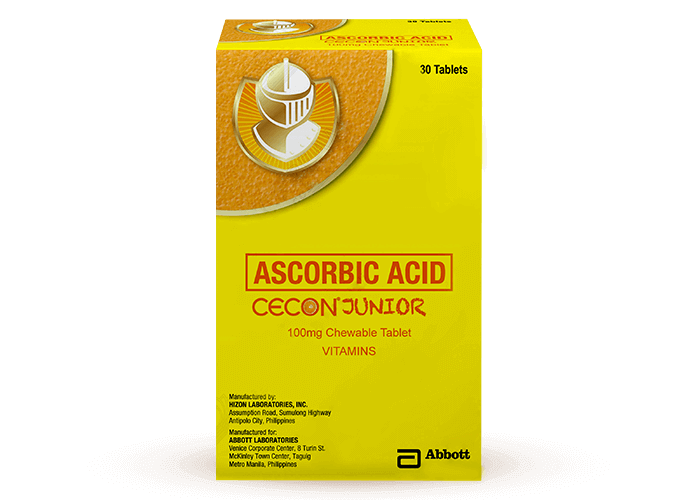
Everyone loves home-cooked food prepared with love. Home cooked meals have better dietary qualities to keep your child healthy and energetic.1
You can try nutritious and balanced recipes like
- Munggo gisado with kalabasa and sotanghon2
- Instant noodles with veggies and egg2
- Veggie-sardines with miswa2
- Ginataang tuna with papaya and kalabasa2
- Sinabawang salmon2
- Sea food in brown rice2
- Sauteed kamote with luncheon meat2
In addition, increase the nutritive value of these meals by serving with a fruit like mango, apple or pineapple.2
Vitamin C is an essential part of these meals as it is required to maintain healthy bones, immune system, metabolism, nerve function and healing process. However, it is very unstable in the presence of air, heavy metals, light and heat. This leads to great loss of vitamin C during the cooking process.3
But, don’t you worry. Here are a few tips which will definitely improve vitamin C content in your home-cooked meals

- Buy fresh fruits and vegetables as stored harvest undergo heavy losses of vitamin C3
- If you need processed food, prefer frozen food as it preserves the vitamins better than canning or hot air drying3
- Use only stainless steel, aluminium, or plastic utensils. Contact with copper, bronze, brass, steel or black iron surfaces should be avoided3
- Covering the cooking pot or use a pressure cooker to reduce time and preserve vitamin C3
- Cook at high temperature for a short period3
- Do not store cooked foods prior to eating them3
The loss of vitamin C during food processing can lead to inadequate intake of this important vitamin by your kids. You can choose to supplement regular meals with vitamin C tablets (like Ascorbic Acid (Cecon Junior)) formulated specifically for a child’s health requirements.
Find the best way to offer a meal to kids by checking Boost your child’s energy levels with the right food at the right time.
If symptoms persist, consult your doctor.
References
1. Mills S, Brown H, Wrieden W, White M, Adams J. Frequency of eating home cooked meals and potential benefits for diet and health: cross-sectional analysis of a population-based cohort study. Int J Behav Nutr Phys Act. 2017;14(1):109. Published 2017 Aug 17. doi:10.1186/s12966-017-0567-y
2. Food and nutrition research institute (FNRI), Philippines. https://www.fnri.dost.gov.ph/index.php/tools-and-standard/fnri-menu-guide-calendar
3. Department of Nutrition for Health and Development at the World Health Organization (WHO). Scurvy and its prevention and control in major emergencies. WHO/NHD/99.11.






